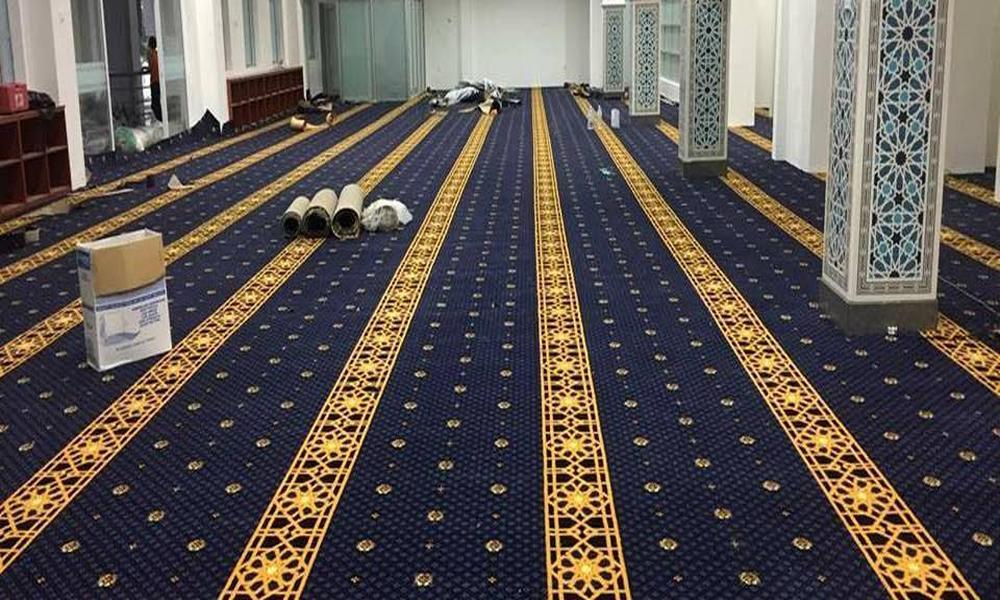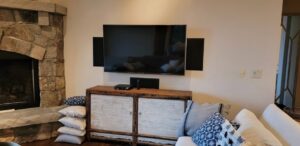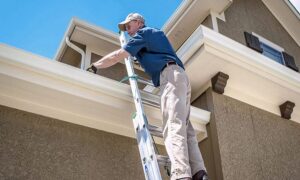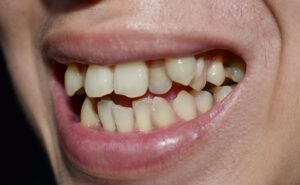Advantages and Disadvantages of Mosque Carpets:

Mosque carpets play an important role in Islamic architecture and are an essential element of mosque design. They provide comfort for worshippers, enhance the beauty of the space, and help to create a peaceful environment. However, like any flooring material, mosque carpets have their advantages and disadvantages. Here we will explore some of the main advantages and disadvantages of mosque carpets.
Comfort and Beauty:
Mosque carpets provide comfort for worshippers during prayer. They offer a soft and cushioned surface for people to kneel, bow, and prostrate on, which can reduce strain on the joints and make it easier for people to pray for longer periods. Mosque carpets are designed with intricate patterns and designs that add to the beauty of the mosque’s interior. They can be customized to fit the aesthetic of the mosque and can create a sense of elegance and sophistication.
Sound absorption and Safety:
Mosque carpets have sound-absorbing properties that help to reduce noise levels in the mosque. This can be especially beneficial in larger mosques or mosques located in busy areas where external noise can be a distraction. Mosque carpets provide a safe surface for worshippers to pray on. They are slip-resistant, which can prevent accidents and injuries, and can also provide insulation against cold or damp floors.
Maintenance:
Mosque carpets are relatively easy to maintain. They can be vacuumed regularly to remove dirt and debris, and spot-cleaned as needed. Additionally, some mosque carpets are treated with antimicrobial coatings that can help to reduce the spread of germs and bacteria.
Cost, Wear, and tear:
Mosque carpets can be expensive, especially if they are custom-designed and made with high-quality materials. This can be a significant expense for mosques, especially for those that are smaller or have limited financial resources. Mosque carpets can wear out quickly due to heavy foot traffic, which can result in the need for frequent replacement. This can be a significant expense for mosques, especially those with large prayer halls.
Hygiene and Durability:
Mosque carpets can be difficult to keep clean, which can lead to hygiene issues. They can trap dust, dirt, and bacteria, which can be harmful to worshippers, especially those with allergies or respiratory issues. Mosque carpets may not be as durable as other flooring materials. They can be prone to damage from spills, stains, and heavy foot traffic, which can lead to the need for frequent repairs or replacement.
Installation:
Mosque carpets require professional installation, which can be time-consuming and expensive. This can be a significant expense for smaller mosques or those with limited financial resources. Mosque carpets have their advantages and disadvantages. While they provide comfort, beauty, sound absorption, safety, and relatively easy maintenance, they can also be expensive, prone to wear and tear, difficult to keep clean, less durable, and require professional installation. Mosques must weigh these pros and cons carefully when selecting their flooring materials, and choose a solution that meets their needs and budget.







